When it comes to choosing the right chandelier for your space, it’s important to consider the overall style and aesthetic of the room. There are a wide variety of chandelier styles to choose from, including traditional, modern, rustic, and industrial, among others. Traditional chandeliers often feature intricate designs and ornate details, making them a great choice for formal dining rooms or entryways. On the other hand, modern chandeliers typically have clean lines and minimalist designs, making them a perfect fit for contemporary spaces. Rustic chandeliers often feature natural materials like wood and iron, making them a great choice for farmhouse or cottage-style spaces. Industrial chandeliers typically feature raw materials like metal and exposed bulbs, making them a great fit for urban lofts or industrial-inspired spaces.
In addition to considering the overall style of the room, it’s also important to think about the size and scale of the chandelier. A good rule of thumb is to choose a chandelier Niolta that is proportional to the size of the room. For example, a small chandelier may get lost in a large dining room, while a large chandelier may overwhelm a small bedroom. It’s also important to consider the height of the ceiling when choosing a chandelier. For rooms with standard 8-foot ceilings, a chandelier that hangs 30-34 inches above the table is typically a good fit. For rooms with higher ceilings, the chandelier can be hung slightly higher to create a more dramatic look. Ultimately, choosing the right style of chandelier is all about finding a piece that complements the overall design of the room while also providing the right amount of light and visual impact.
Placement and Sizing
When it comes to placing and sizing your chandelier, there are a few key considerations to keep in mind. First and foremost, it’s important to consider the function of the room and how the chandelier will be used. For example, in a dining room, the chandelier should be centered over the table to provide ample light for meals and gatherings. In a living room or entryway, the chandelier should be placed in a central location to create a focal point and provide overall illumination for the space. It’s also important to consider the size and scale of the room when choosing a chandelier. A small chandelier may get lost in a large room, while a large chandelier may overwhelm a small space.
In terms of sizing, it’s important to choose a chandelier that is proportional to the size of the room. A good rule of thumb is to add the dimensions of the room together in feet and then convert that number to inches to determine the appropriate diameter for the chandelier. For example, in a 12×16 foot dining room, you would add 12+16=28, so a chandelier with a diameter of around 28 inches would be a good fit for the space. It’s also important to consider the height of the ceiling when choosing a chandelier. For rooms with standard 8-foot ceilings, a chandelier that hangs 30-34 inches above the table is typically a good fit. For rooms with higher ceilings, the chandelier can be hung slightly higher to create a more dramatic look. Ultimately, placing and sizing your chandelier is all about finding the right balance between function and aesthetics to create a harmonious and well-lit space.
Incorporating Dimmer Switches
One way to enhance the versatility and ambiance of your chandelier is by incorporating dimmer switches into your lighting design. Dimmer switches allow you to adjust the brightness of your chandelier to create different moods and atmospheres in your space. For example, you can dim the lights for a romantic dinner or turn them up for a lively gathering with friends. Dimmer switches also help to save energy and extend the lifespan of your bulbs by reducing their overall usage. Additionally, dimmer switches can help reduce glare and eyestrain by allowing you to adjust the light levels to suit different activities and times of day.
Incorporating dimmer switches into your lighting design is relatively simple and can usually be done by a qualified electrician. Once installed, you can easily adjust the brightness of your chandelier with just the turn of a dial or push of a button. When choosing dimmer switches for your chandelier, it’s important to select ones that are compatible with the type of bulbs you are using. For example, LED bulbs require specific dimmer switches designed for their technology in order to function properly. Ultimately, incorporating dimmer switches into your lighting design is an easy and effective way to enhance the functionality and ambiance of your chandelier while also saving energy and extending the lifespan of your bulbs.
Maintenance and Cleaning
Proper maintenance and cleaning are essential for keeping your chandelier looking its best and functioning properly. Over time, dust, dirt, and grime can accumulate on the surface of your chandelier, dulling its appearance and reducing its overall brightness. To keep your chandelier looking its best, it’s important to regularly dust and clean it using the appropriate methods and products. One way to clean your chandelier is by using a soft, lint-free cloth or duster to gently remove dust from the surface of the fixture. For more thorough cleaning, you can use a solution of mild dish soap and water to gently wipe down each individual crystal or glass piece.
In addition to regular cleaning, it’s also important to inspect your chandelier for any loose or damaged parts that may need repair or replacement. Over time, bulbs may burn out, wires may become frayed, or crystals may become loose or damaged. It’s important to address these issues promptly in order to ensure that your chandelier continues to function safely and effectively. If you are unsure about how to properly maintain or repair your chandelier, it’s always best to consult with a qualified electrician or lighting professional for assistance. Ultimately, proper maintenance and cleaning are essential for keeping your chandelier looking its best and functioning properly for years to come.
Using LED Bulbs for Energy Efficiency
One way to make your chandelier more energy-efficient is by using LED bulbs instead of traditional incandescent or halogen bulbs. LED bulbs are known for their energy efficiency, long lifespan, and low heat output, making them an ideal choice for chandeliers. In addition to using less energy than traditional bulbs, LED bulbs also produce less heat, which can help reduce the risk of overheating and fire hazards in your home. LED bulbs are available in a wide range of color temperatures and brightness levels, making it easy to find ones that suit your specific lighting needs and preferences.
In addition to their energy efficiency and long lifespan, LED bulbs are also environmentally friendly as they contain no mercury or other hazardous materials. This makes them easy to dispose of and reduces their overall impact on the environment. When choosing LED bulbs for your chandelier, it’s important to select ones that are compatible with dimmer switches if you plan on incorporating dimming capabilities into your lighting design. Additionally, it’s important to choose LED bulbs with a color temperature that complements the overall aesthetic and ambiance of your space. Ultimately, using LED bulbs for your chandelier is an easy and effective way to reduce energy consumption, lower utility costs, and create a more sustainable lighting solution for your home.
Layering Lighting for Ambiance

Incorporating multiple layers of lighting into your space is an effective way to create ambiance and enhance the overall atmosphere of your room. When it comes to layering lighting with a chandelier, there are several key elements to consider. First and foremost, it’s important to think about the different types of lighting you want to incorporate into your space, such as ambient lighting, task lighting, accent lighting, and decorative lighting. Ambient lighting provides overall illumination for the space and can be achieved through the use of a chandelier or other overhead fixtures. Task lighting provides focused illumination for specific activities like reading or cooking and can be achieved through the use of table lamps or under-cabinet lighting. Accent lighting highlights specific features or areas within the space and can be achieved through the use of wall sconces or picture lights. Decorative lighting adds visual interest and can be achieved through the use of decorative pendants or string lights.
In addition to considering the different types of lighting you want to incorporate into your space, it’s also important to think about how these layers will work together to create a cohesive and harmonious lighting design. For example, you may want to use your chandelier as a focal point while incorporating additional layers of lighting around the room to provide task lighting or highlight specific features. It’s also important to consider how different types of lighting will interact with each other in terms of color temperature, brightness levels, and overall visual impact. Ultimately, layering lighting with a chandelier is an effective way to create ambiance and enhance the overall atmosphere of your space while also providing functional illumination for different activities and times of day.
Showcasing Your Chandelier
Once you have chosen and installed the perfect chandelier for your space, it’s important to showcase it in a way that highlights its beauty and enhances its overall impact on the room. One way to showcase your chandelier is by ensuring that it is properly centered and balanced within the space. For example, in a dining room, you may want to center the chandelier over the table to create a focal point for meals and gatherings. In an entryway or living room, you may want to place the chandelier in a central location to create an inviting atmosphere and provide overall illumination for the space.
In addition to proper placement, it’s also important to consider how other elements within the room can complement and enhance the visual impact of your chandelier. For example, you may want to use mirrors or reflective surfaces to amplify the light from your chandelier and create a sense of depth within the space. You can also use decorative elements like artwork or furniture to frame your chandelier and draw attention to its beauty. Additionally, you can use different types of lighting like wall sconces or floor lamps to create layers of illumination that work together with your chandelier to create ambiance and enhance the overall atmosphere of your space.
Ultimately, showcasing your chandelier is all about finding creative ways to highlight its beauty and enhance its impact on the room while also creating a harmonious and well-lit space that reflects your personal style and aesthetic preferences. Whether you’re using it as a focal point in a dining room or as an elegant statement piece in an entryway, showcasing your chandelier is an effective way to elevate the overall design and atmosphere of your space while also providing functional illumination for everyday activities and gatherings.

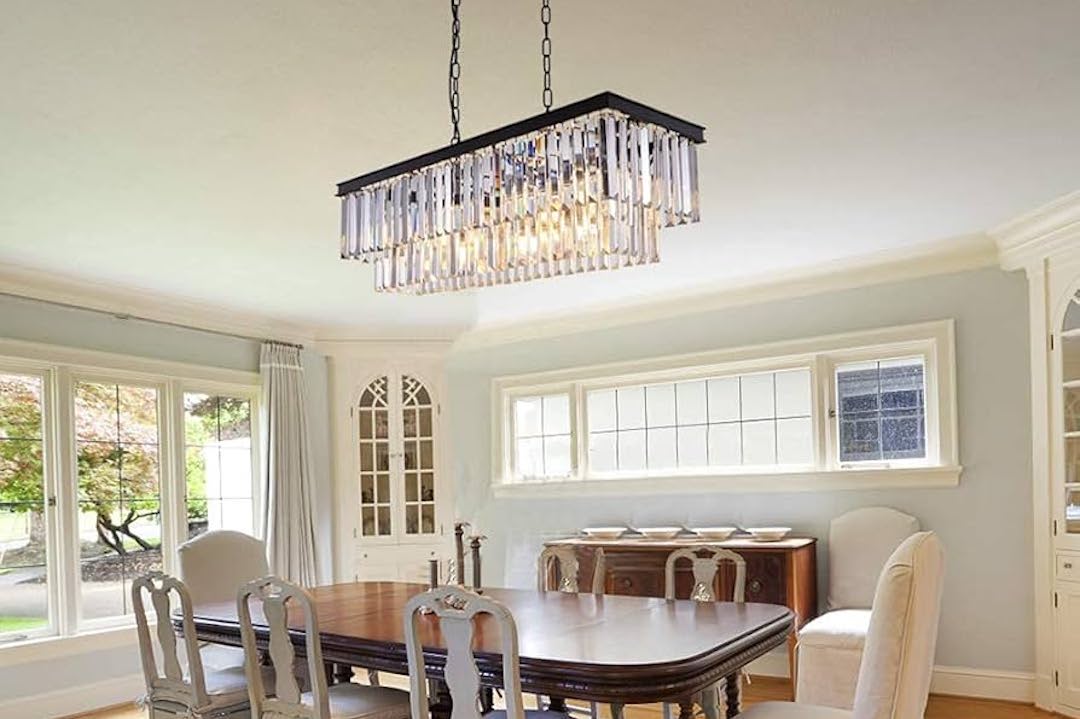
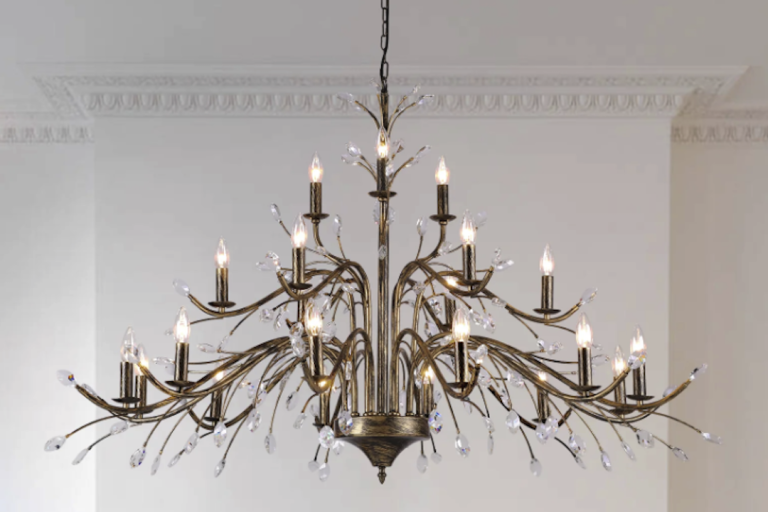
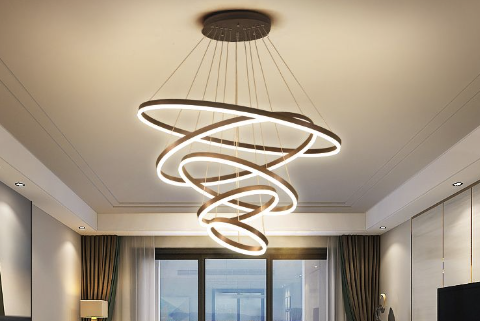
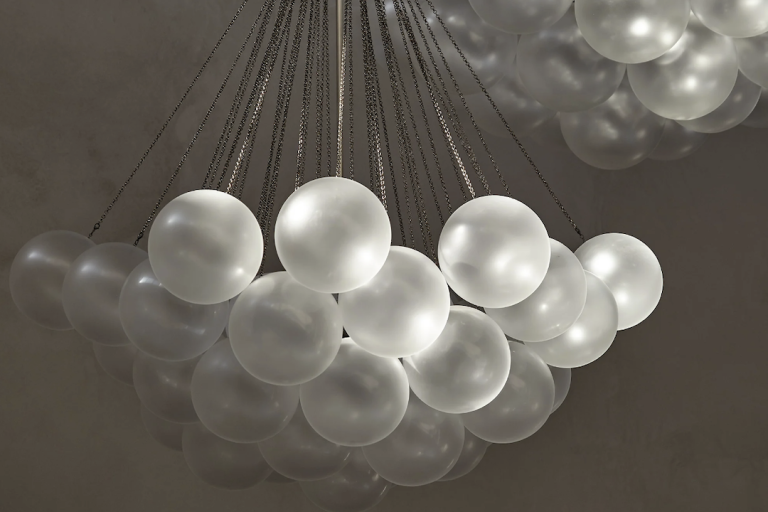
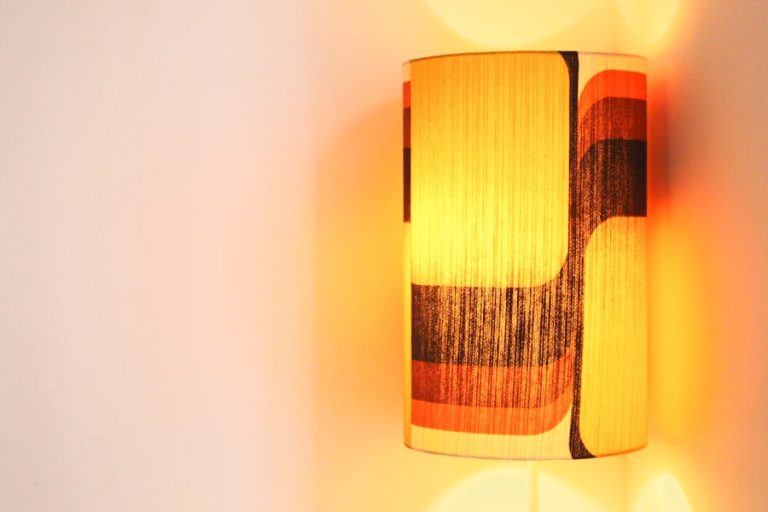
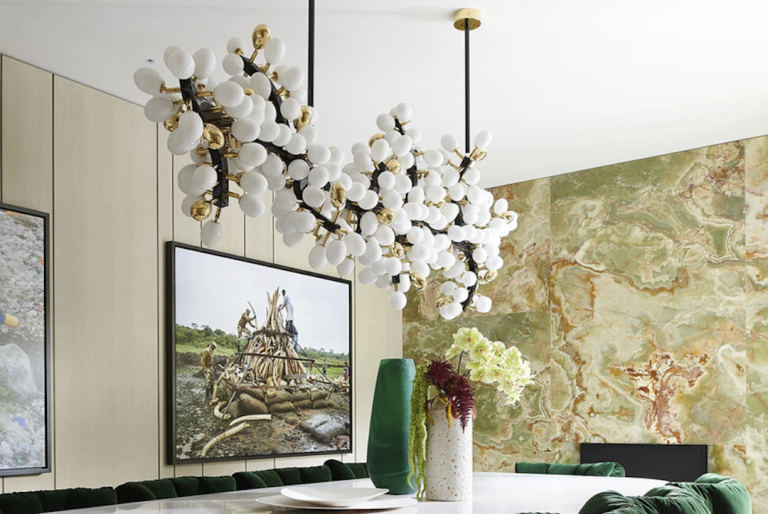
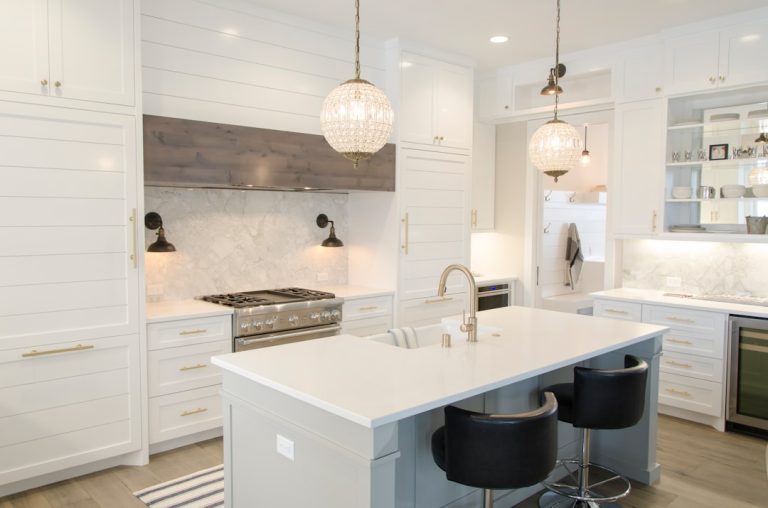
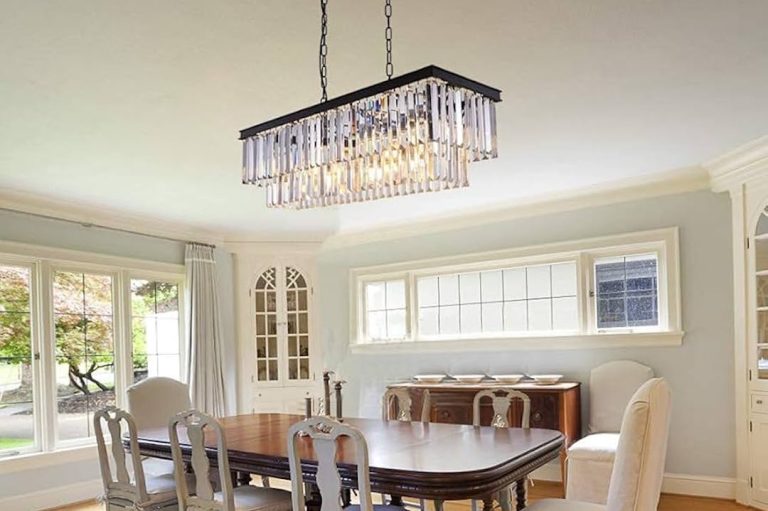
+ There are no comments
Add yours